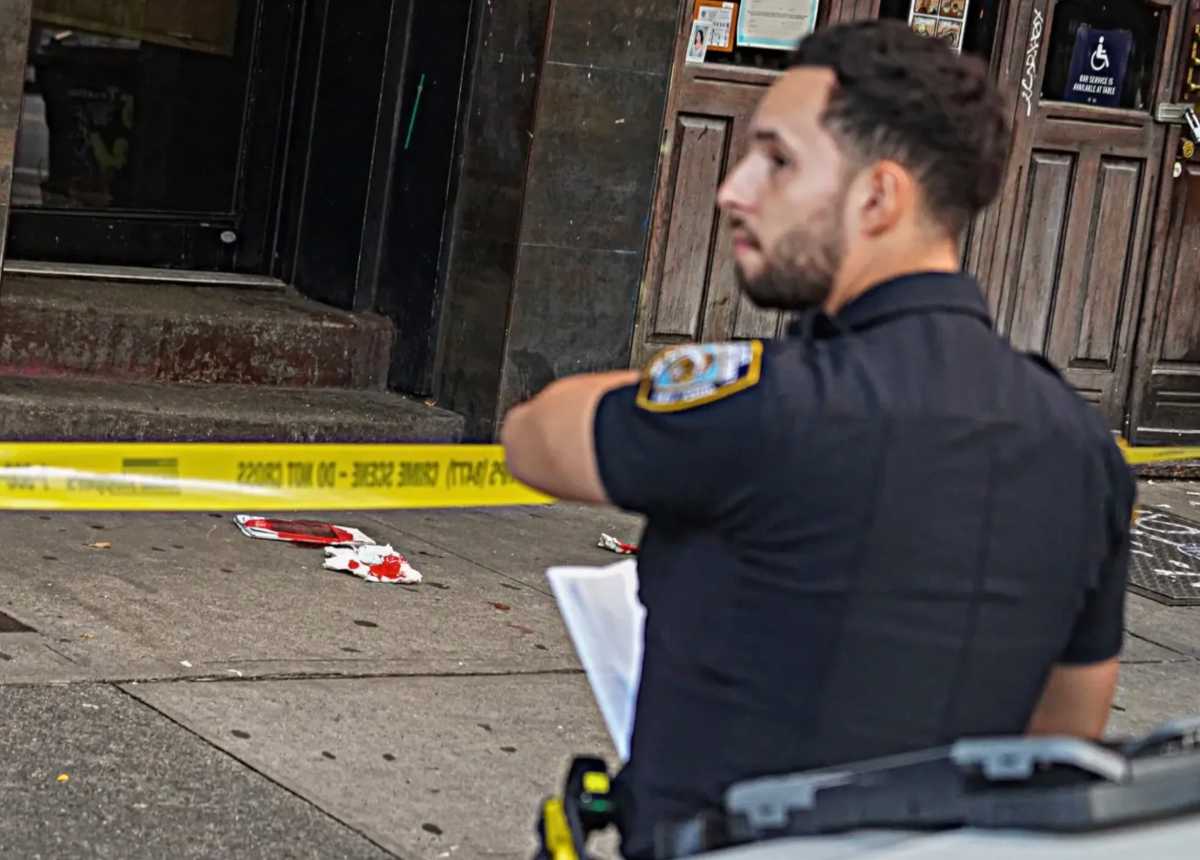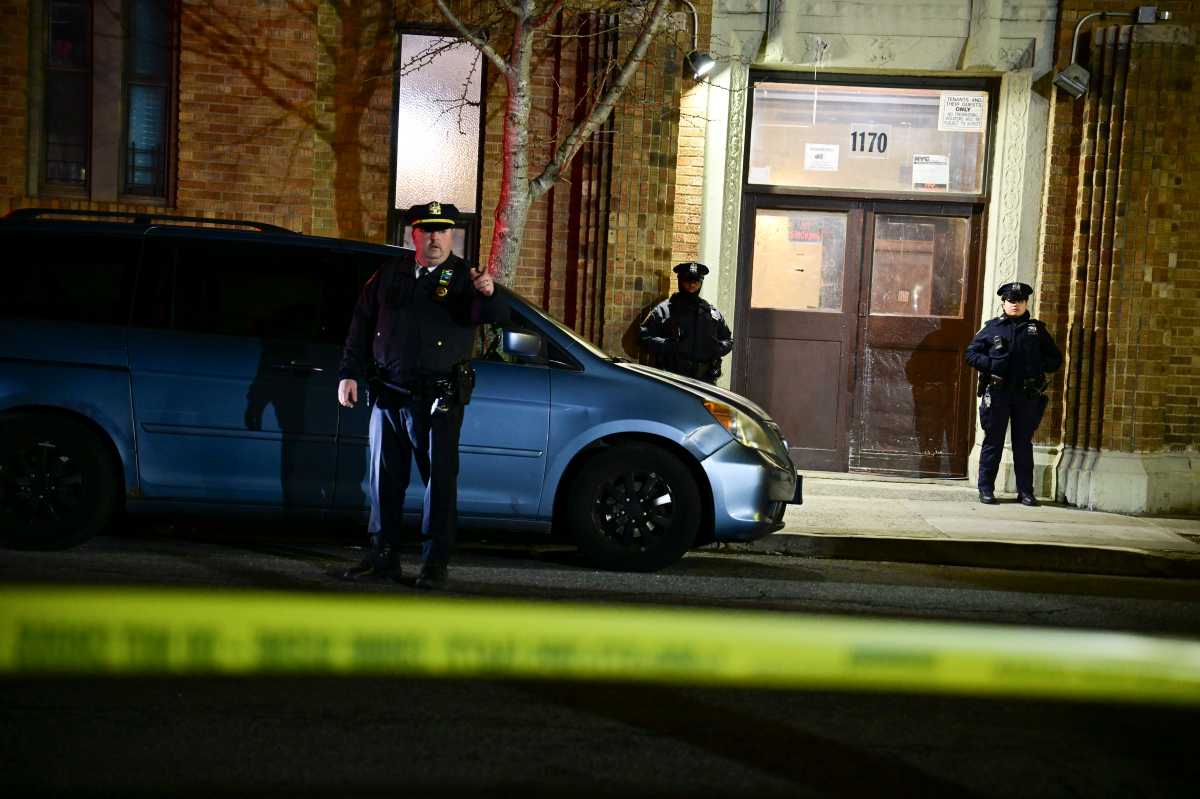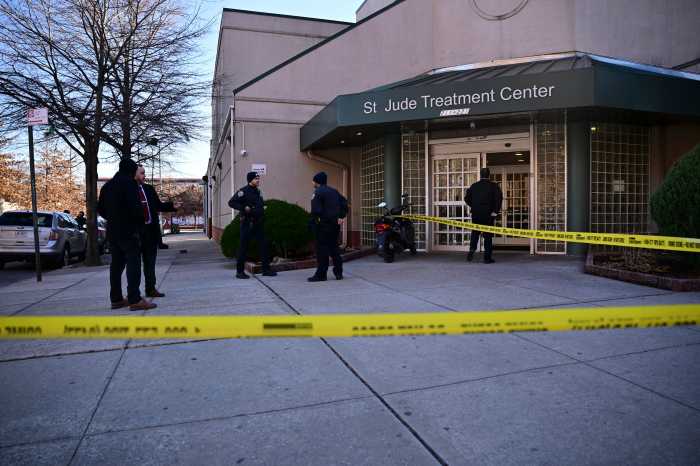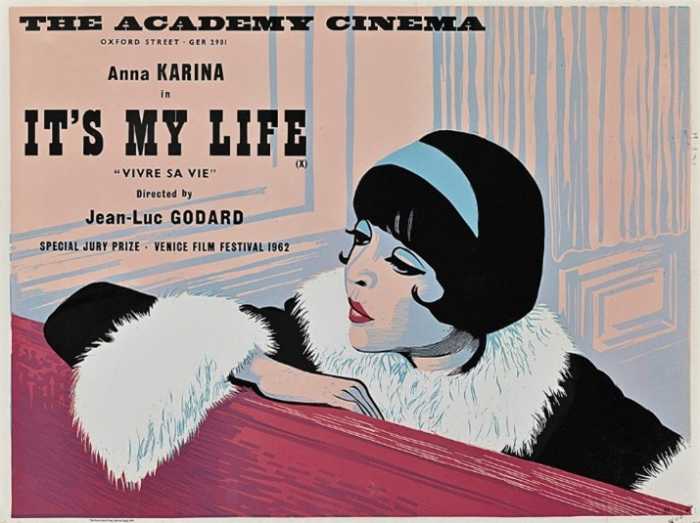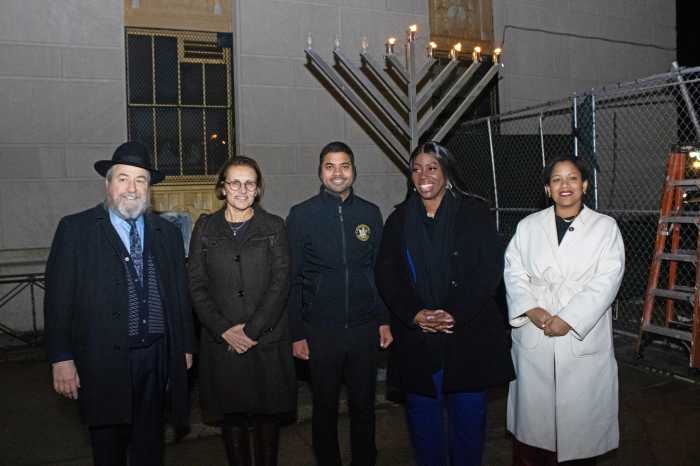As the candidates for mayor debate public safety and police funding, a new report from a former NYPD official shows that adding more cops has not always translated to lower crime rates throughout the city’s history.
The report, published Friday by policy group Vital City, found that the relationship between the NYPD’s headcount and crime rates has never been linear. The numbers of felonies and uniformed officers dropped alongside each other over the past 24 years, even as the city’s population grew, according to data from the report.
Policymakers should focus on how police resources are used, rather than solely the number of officers, argued the report’s author, John Hall, a former police executive who developed policy and analytics for the NYPD.
“Headline promises to substantially increase police headcount have surface appeal, but the evidence suggests there are other potent and cost-effective ways to reduce crime — not to mention other ways to get more police on duty,” Hall wrote in the report.
“Voters should ask not just ‘How many officers?’ but also ‘Doing what, where, and to what effect?’” Hall added.
The mayoral race has increasingly focused on public safety as former Gov. Andrew Cuomo and Mayor Eric Adams, both running as independents, attack Democratic nominee Zohran Mamdani for past calls to “defund” the police.
Mamdani has distanced himself from his previous statements, saying explicitly that he does not wish to defund the police. His platform instead focuses on moving the NYPD away from mental health calls, expanding citywide non-police crisis response and establishing a new “Department of Community Safety” that tackles root causes of crime.
Cuomo, meanwhile, said he would add 5,000 new officers as part of a campaign that considers safety its “first priority.” Cuomo has run his campaign on the notion of rampant crime across the city, even as crime rates hit historic lows.
Adams, a former NYPD captain, has worked to return the Police Department’s headcount to 35,000 by fall 2026.
The report argued that while empirical evidence exists nationwide and in New York City that higher police forces reduced crime in the past, the nature of the city has changed.
In 1990, when over 500,000 felonies were reported, there were 32,451 sworn officers. Ten years later, a hiring surge led the NYPD to an all-time high of 40,280, and crime plummeted, Hall wrote.
But from 2001 to 2011, felony index crimes fell 16% as uniformed officer counts shrank by approximately 15%. And from 2001 to 2024, crime dropped 24% even with 6,700 fewer officers by the end of that period.
“Of the 14 years since 1998 in which NYPD staffing fell, crime still declined in 11 of them,” Hall wrote. “All of this suggests that raw headcount is half or less than the story; more important is where those officers are deployed and what they are asked to do.”
Hall said policy proposals should assess the full cost of hiring more officers, including pension plans and other benefits, and weigh the return-on-investment.
“Given that resources are limited, bang for the buck of a hiring spree must be smartly compared to other investments, not in isolation,” Hall wrote. “Any payoff must be weighed against other uses of the same funds — such as upgrading technology and dispatch systems or funding community and mental‑health programs — to identify the greatest public‑safety return.”
Hall’s report specifically pointed out that hiring 5,000 new officers would cost the city $500 million in the first year and close to $1 billion per year once they reached top pay.
Advocates of increasing the police force, including Cuomo, have argued that the NYPD’s high overtime costs would make up for the increased officers.
The report said there are more ways to address the high burden on officers than adding to the force. Hall pointed to reforms from Police Commissioner Jessica Tisch, including reducing oversized executive protection details and moving officers away from administrative duty, as examples.
Rich Azzopardi, a spokesman for Cuomo’s campaign, said increasing the police force is a proven method to improve public safety.
“History shows that more properly trained police officers is exactly what’s needed to get a handle on crime and threats to public safety,” Azzopardi wrote to amNewYork. “It’s how Dinkins was able to bring New York City out of the bad old days and how people are going to feel safe today with Andrew Cuomo’s plan to increase the headcount and the morale of the NYPD.”
An NYPD spokesperson said the Police Department is “effectively deploying” its resources, including transitioning approximately 3,000 police officers from administrative duty to patrol.
“Simply put: New York is safer when we have more cops on the streets,” the spokesperson wrote to amNewYork.
The spokesperson attributed the low crime rates to the city’s strategy, including increasing officers and “precision policing,” which targets specific high-crime neighborhoods.
A spokesman for the Adams campaign did not respond to a request for comment.
Hall said the NYPD’s budget realities make significant increases in the force near impossible, making other changes to public safety strategy more important.
“Because attrition is now outpacing recruitment and the force is losing officers each month, the next mayor cannot count on a bigger headcount anytime soon,” Hall wrote. “Until the NYPD can retain current staff and fill its existing vacancies, the more reliable path to better public safety is to redeploy idle cops, civilianize clerical work and steer every patrol hour toward tactics with a proven track record.”
This article was updated Aug. 8 to include a statement from the NYPD.



